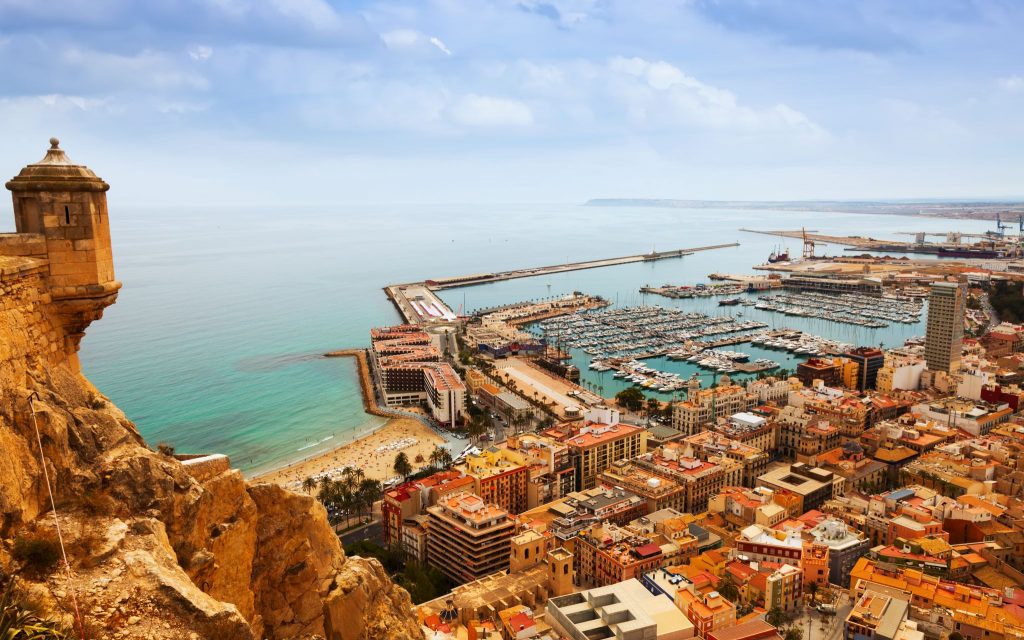Best Things to Do in Alicante (Spain)
Alicante is the capital of eastern Spain’s Costa Blanca holiday region. The name comes from the endless sequence of white sandy beaches in this part of the country. The city has all the relaxation and fun of the seaside with the history and sights you’d want from a city break: There’s a medieval fortress towering over the city and a classic Mediterranean old-town with whitewashed houses and cobblestone streets.
You’ll spend mornings at museums and churches, and afternoons swimming in clear waters or dozing under a parasol. The modern tram network in Alicante makes it a breeze to get from one attraction to the next.
Let’s explore the best things to do in Alicante:
Castle of Santa Barbara
Crowning Benacantil mountain, the vast, monumental rock looming over Alicante, is a fortress with medieval Arab origins. The most recent renovations took place during Spain’s Golden Age in the 1500s, but if you look closely you’ll find little fragments from Moorish times.
If you go on foot the best time to make the climb is early in the morning before the sun is at its fiercest, but there’s also a lift that runs from just behind Postiguet Beach. Everyone should get up to the battlements and gaze in awe at the panorama of Alicante, the Mediterranean and dark, mountainous countryside.
Explanada de España
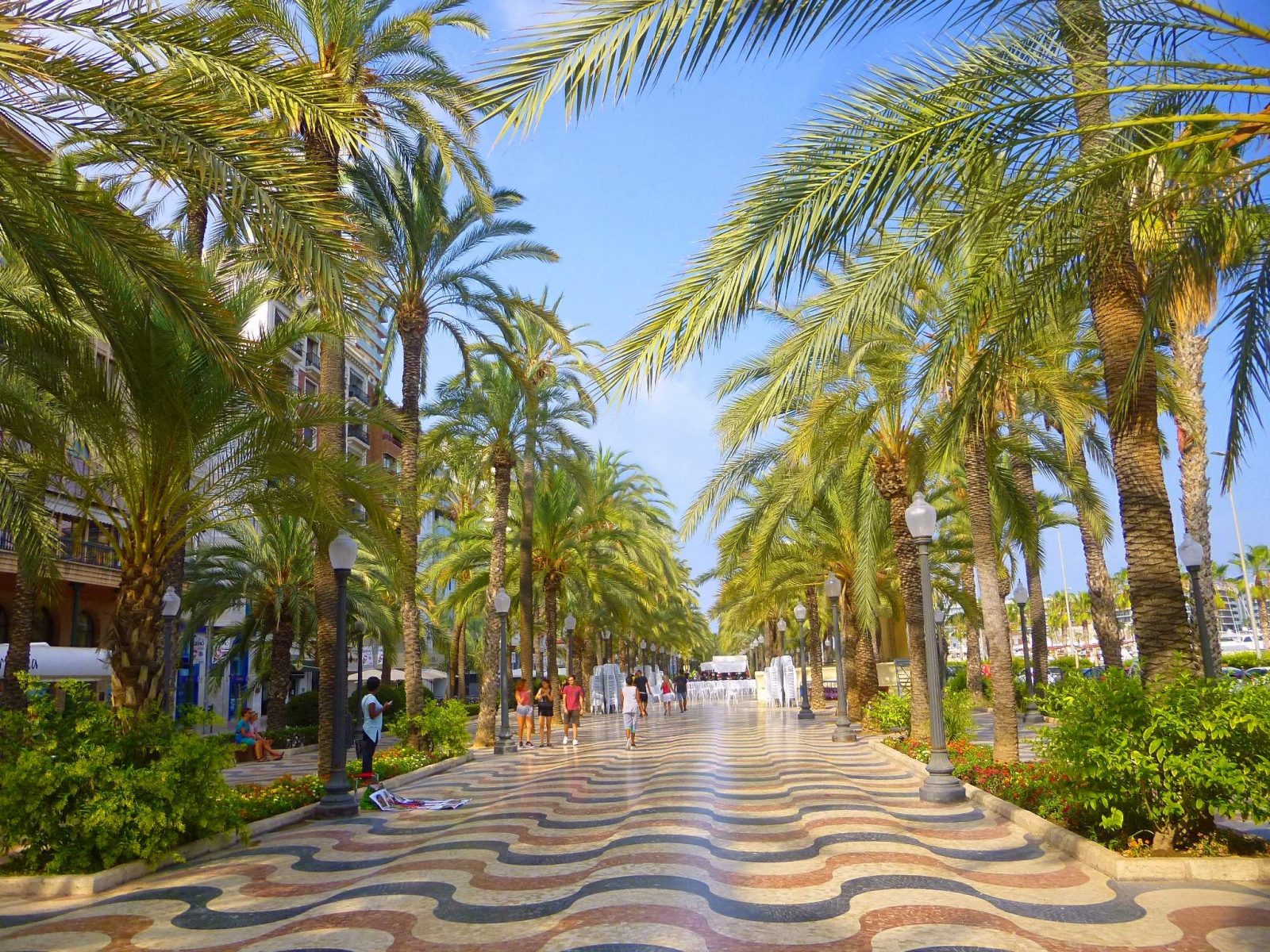
spain-realty: Alicante Explanada de España
Alicante’s refined, marble-laid promenade is useful for way-finding, as it starts in the old-town and continues along the city’s seafront next to the marina.
In most Spanish cities a family walk is part of the lifestyle, and promenades like the Explanada de España help you do it in style.
You’ll get a real sense of Alicante’s ambience as you stroll beneath the palms and watch daily life in the city unfold around you at terraces and market stalls.
There are lovely coastal views, and after dark in summer this brightly lit walkway benefits from refreshing sea breezes at the end of sweltering days.
Archaeological Museum
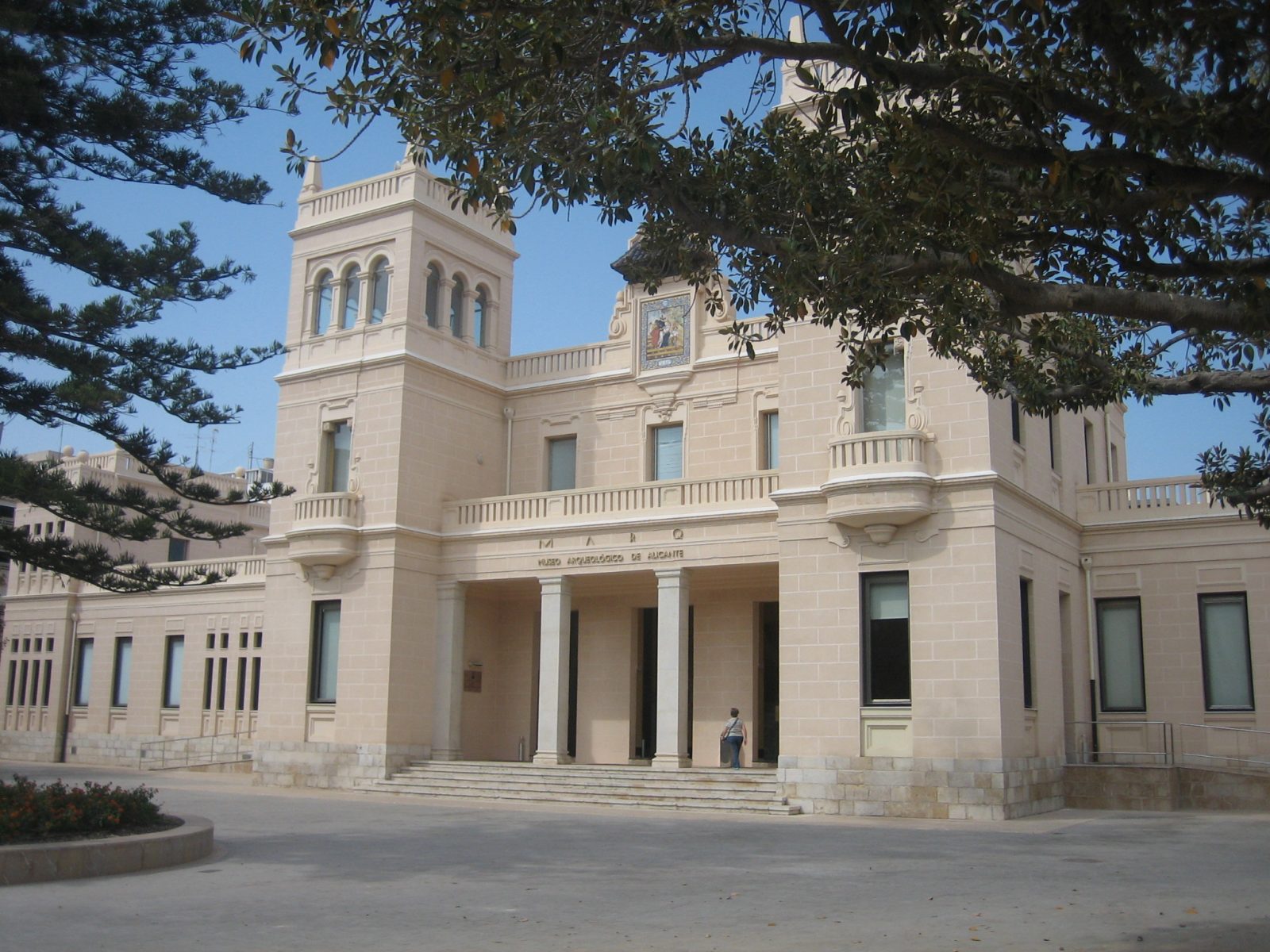
Alicante’s MARQ Provincial Archaeological Museum is just the place if you’re wondering about Alicante’s origins.
You’ll start in prehistory with the hunter gatherers and see the first hand-crafted metallic items forged around Alicante.
Then there’s the Iberian room, devoted to the many pre-Roman archaeological sites close by that have yielded wonderful pieces of sculpture and ceramics.
The Roman city of Lucentum was close to modern Alicante and the wide range of pottery, jewellery and other everyday items recovered from digs there.
Perhaps most thrilling of all are the displays that cover medieval times, when for a brief period, Jewish, Islamic and Christian cultures existed side-by-side.
Casco Antiguo
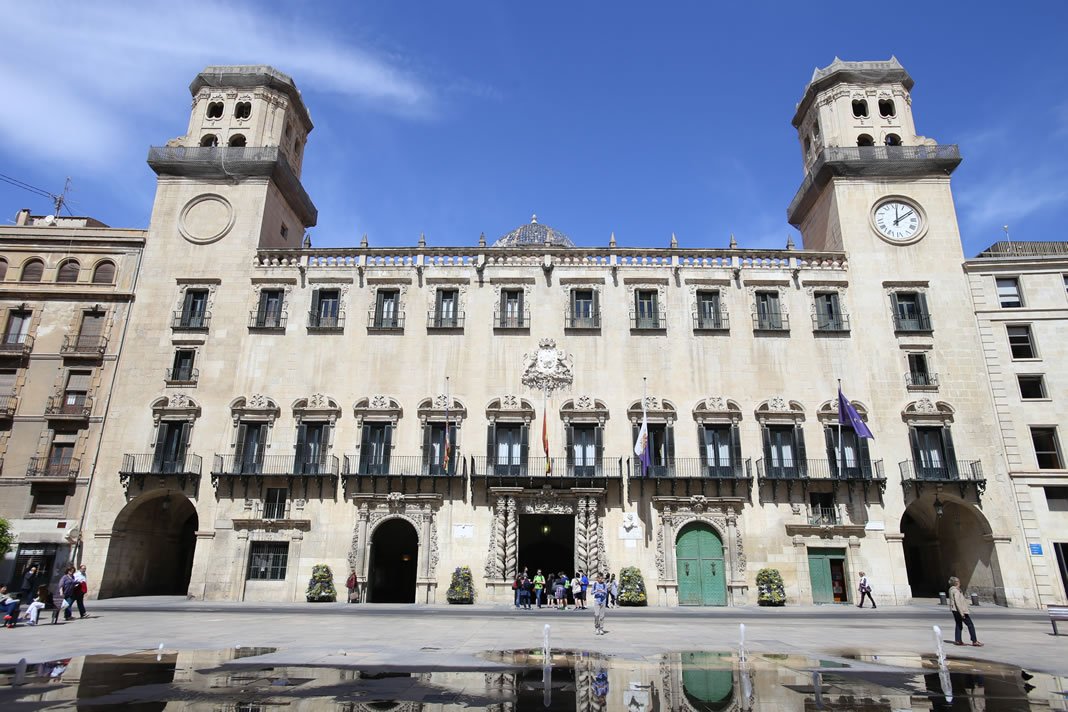
You won’t mind getting lost in the old part of Alicante, a bit like a village at the centre of town. This neighbourhood is sprawled on the hill side beneath the castle, and to get around you’ll need to negotiate steep streets and stairways between high whitewashed walls.
Locals take great pride in their homes, decorating their balconies and doorsteps with fresh flowers, and painting their shutters in blues and greens.
If you need a breather you can always take the weight off at one of the many cafes and restaurants in this part of the city.
Postiguet Beach
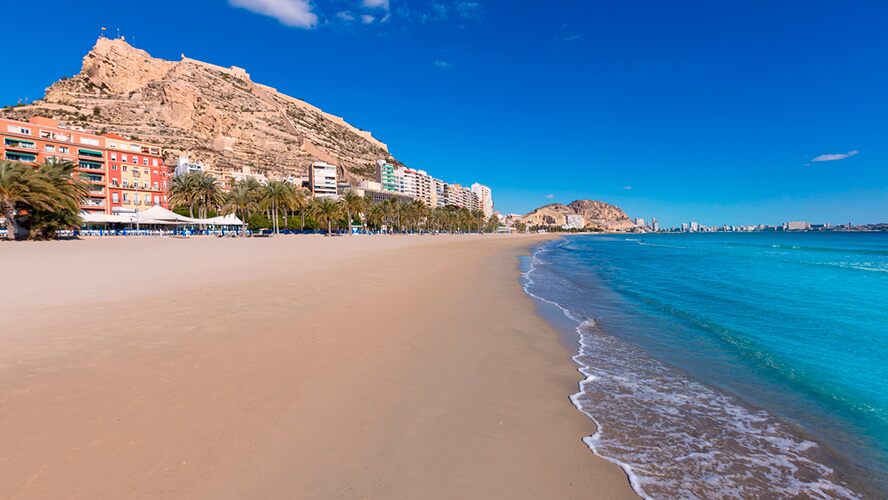
Right next to the old-town is a very serviceable beach, if you don’t want to travel far for a dose of sea and sand. Playa del Postiguet is a finger of golden sand washed by very light waves.
You have to wade out quite far before the sea even reaches waist-height and from the water there are great views back to the dominant walls of Santa Barbara.
Given its size and location, the beach can get a bit hectic in summer, but the central location means there’s no shortage of places to pick up lunch.
Basilica of Santa María
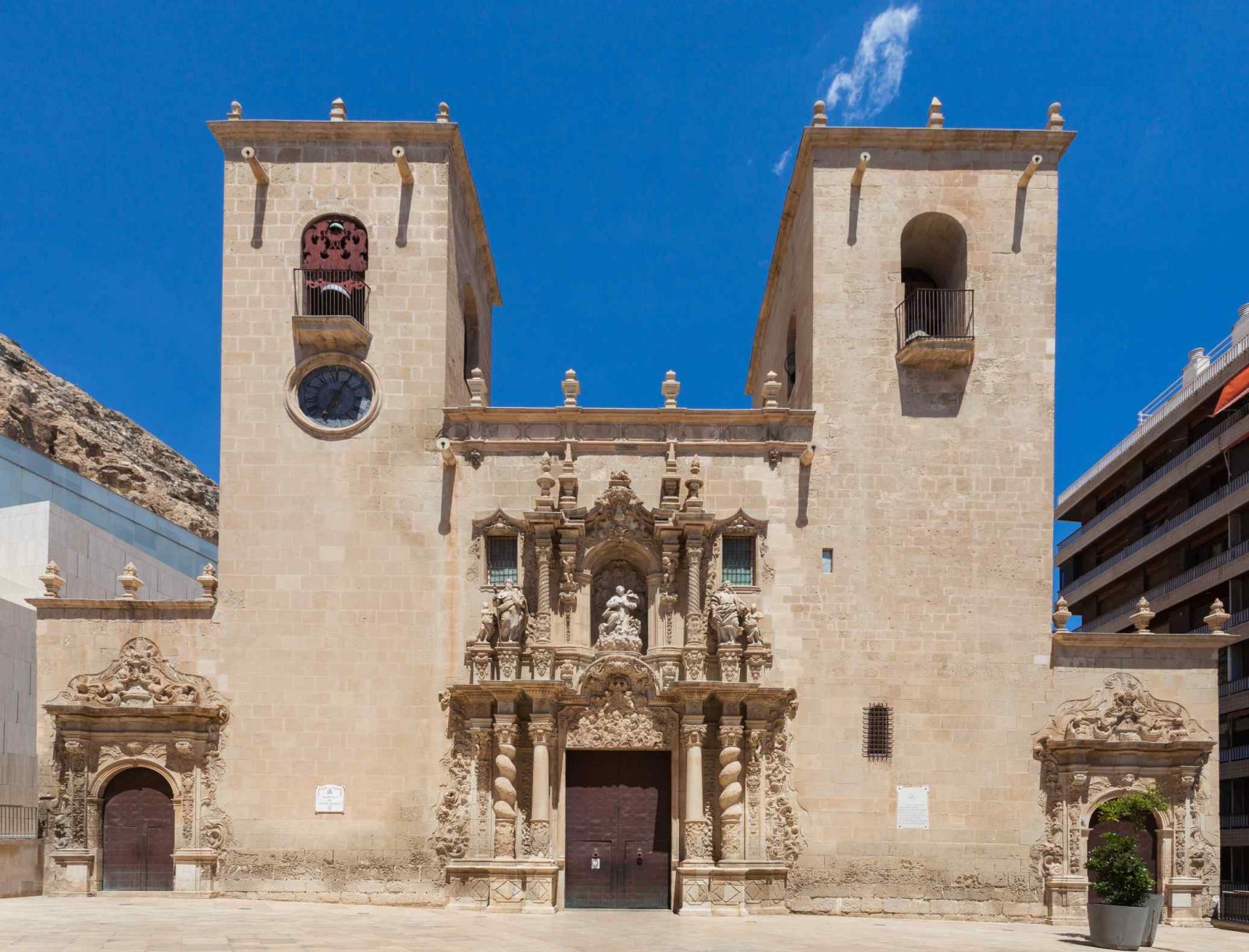
The oldest and prettiest church in the city is close to the foot of the mountain, and a few streets from Postiguet Beach.
Like many churches in Spain Santa María was built over a former mosque after Alicante had been taken back from the Moors in the 13th century.
The first thing you’ll notice are the church’s sombre-looking twin towers. What’s interesting about these is that even though they look identical, the one on the right is from the 1300s, while the left one is actually from the 1800s.
Within check out the gothic 14th-century statue of Santa María and a medieval incunable, an early printed book from the 1200s.
Contemporary Art Museum
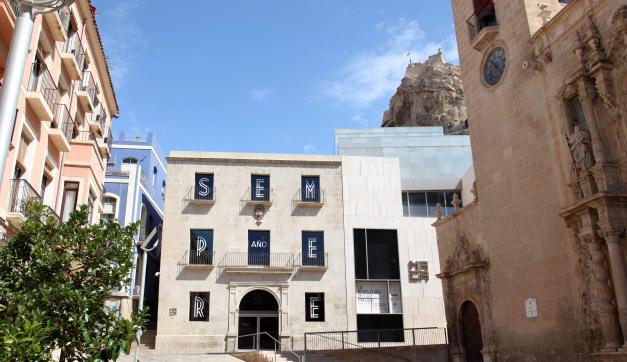
A fun fact about this attraction devoted to modern art is that it’s housed in Alicante’s oldest secular building, a former granary constructed in 1687 next to the Santa María Basilica.
It was founded in 1976 by the Alicante sculptor Eusebio Sempere, displaying his private collection. There are some 800 pieces in the collection, representing many the most celebrated 20th-century artists, including Picasso, Francis Bacon, Salvador Dalí and Joan Miró.
Only a third of the works can be displayed at any time, and the display is rotated throughout the year, so no two visits will be the same.
Mercado Central
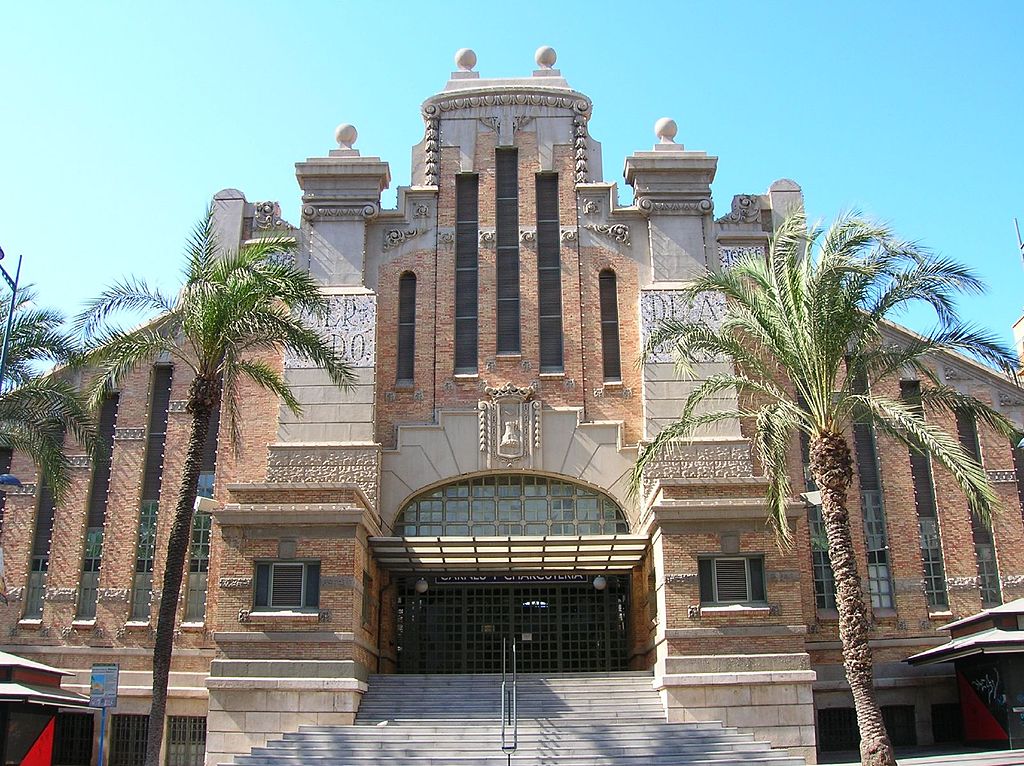
Mercado Central, Alicante
If you’re self-catering then there’s no excuse not to head for this large covered market on the upper side of Alfonso el Sabio. Central Markets are like food cathedrals in Spain, and Alicante’s is no exception.
There’s a plethora of fish and meat stalls, and endless inspiration for amateur chefs! The seafood stalls are a particular highlight, with their counters almost overflowing with crabs, lobsters, squid and much more besides.
Fresh fruit and vegetables also abound, and you’ll be able to seek out some regional specialities like turrón nougat and Mistela, a sweet dessert wine.
Boat trips
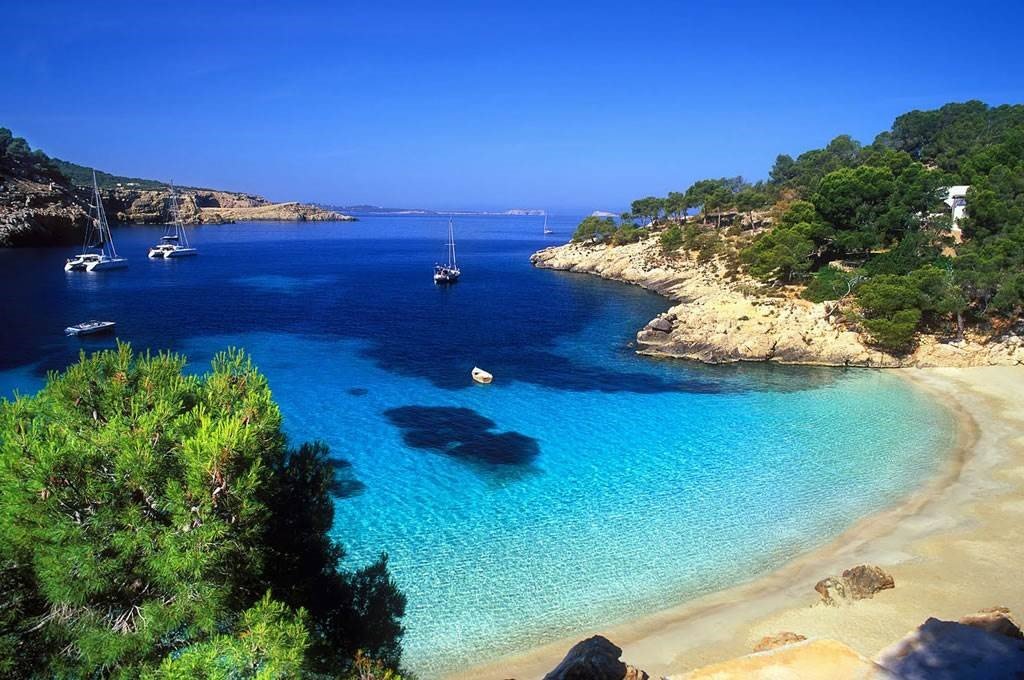
Around the port at Alicante are a few companies that provide boat trips. This might be a brief catamaran cruise in the sea next to the city, but if you want to make a day of it you should definitely consider a trip to Tabarca Island.
It’s just a couple of kilometres off the coast to the south, but feels like a different world. There’s a small, walled community on Tabarca with the same kind of whitewashed houses and blue shutters you’ll see in Alicante’s old-town.
Only here there’s no need for cars or any other modern conveniences! Check out the little church of St. Peter and St. Paul, and walk through the island’s sparse landscape to see the lighthouse.
Alicante’s Towers
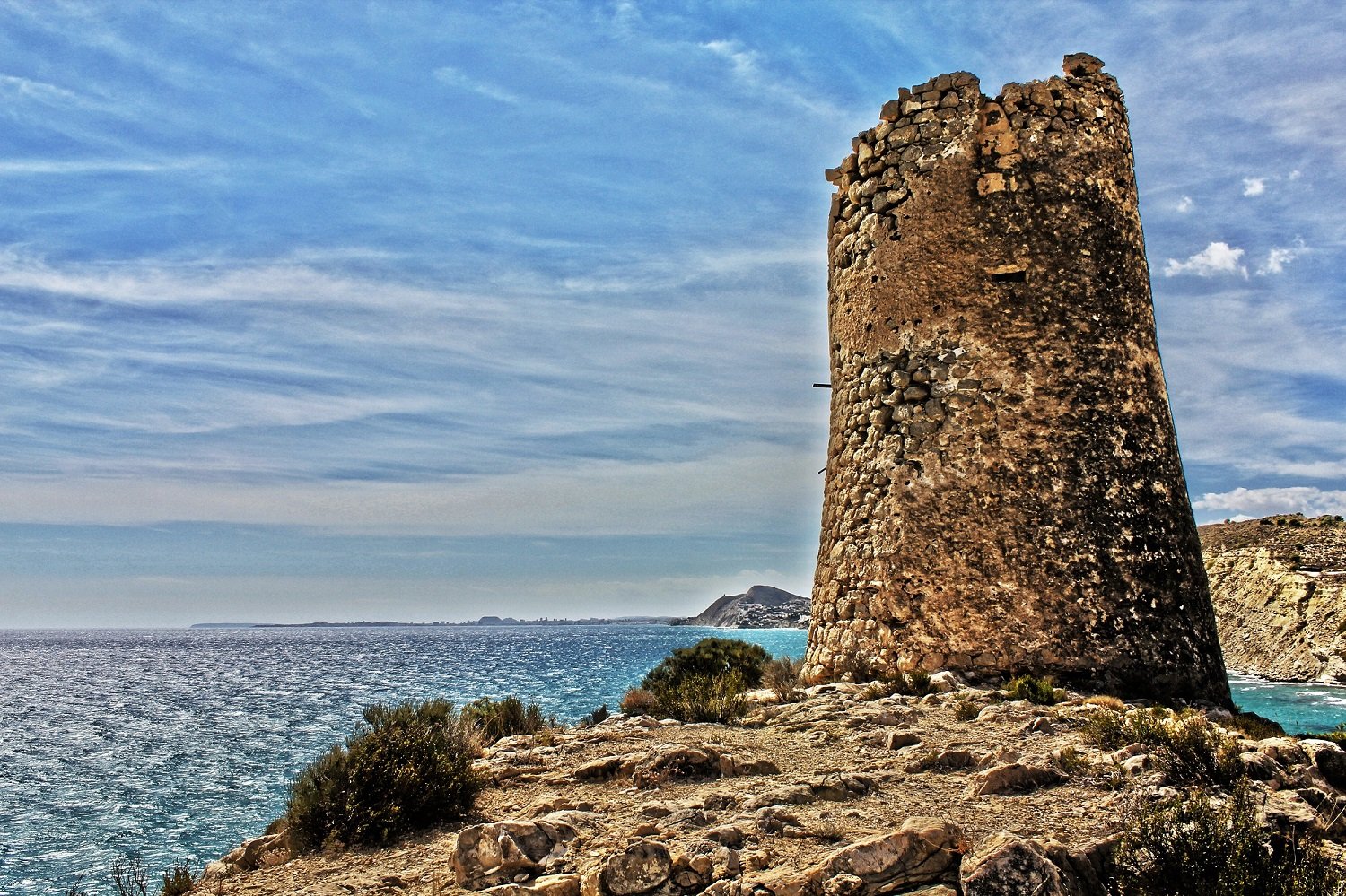
If you still haven’t had your fill of Alicante’s history then you could download a map of the area’s coastal watchtowers.
For centuries this part of Spain was under threat from Barbary Pirates, who would plunder the towns and even carry people away as slaves.
So from the 1500s onwards a sophisticated network of defences and lookouts was built to give people early warning to retreat behind the walls.
There are some thirty of these towers still standing in the Huerta de Alicante, encompassing the city and a few neighboring towns and villages.
